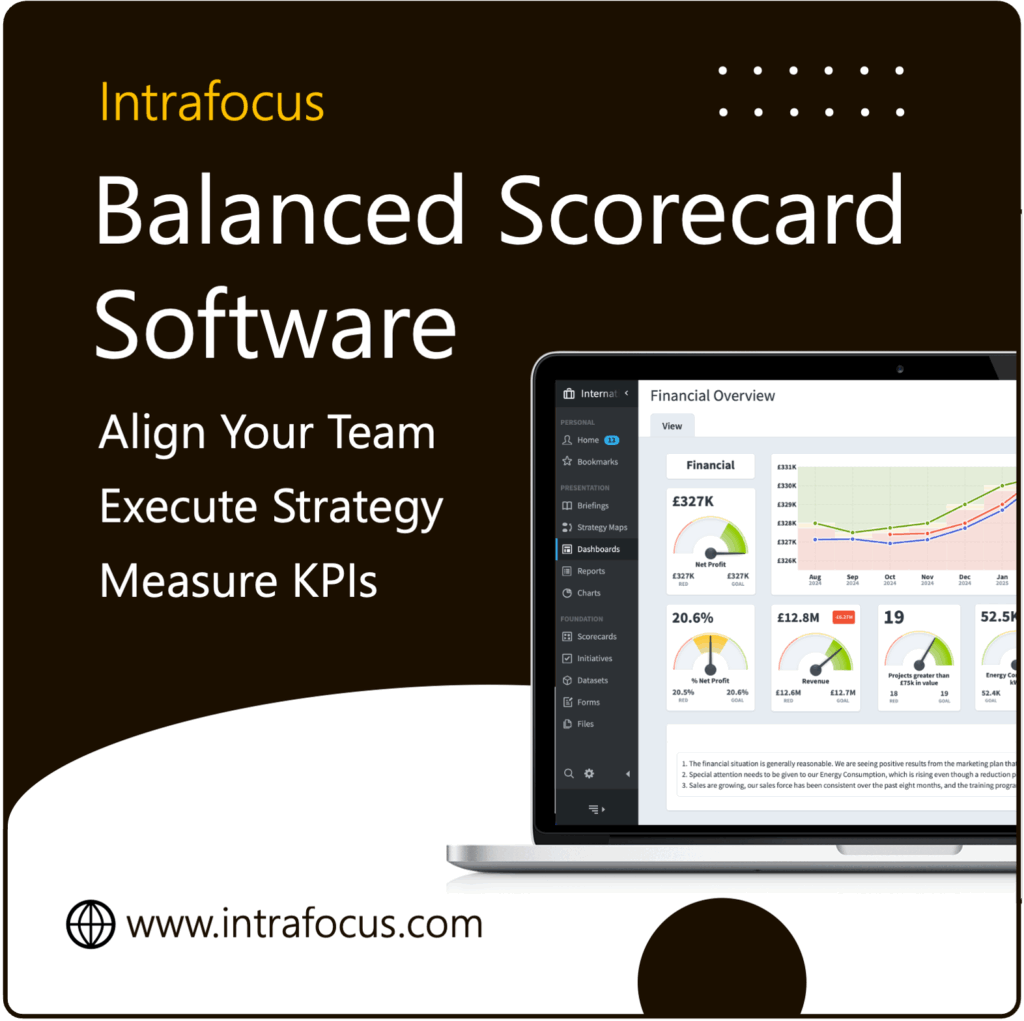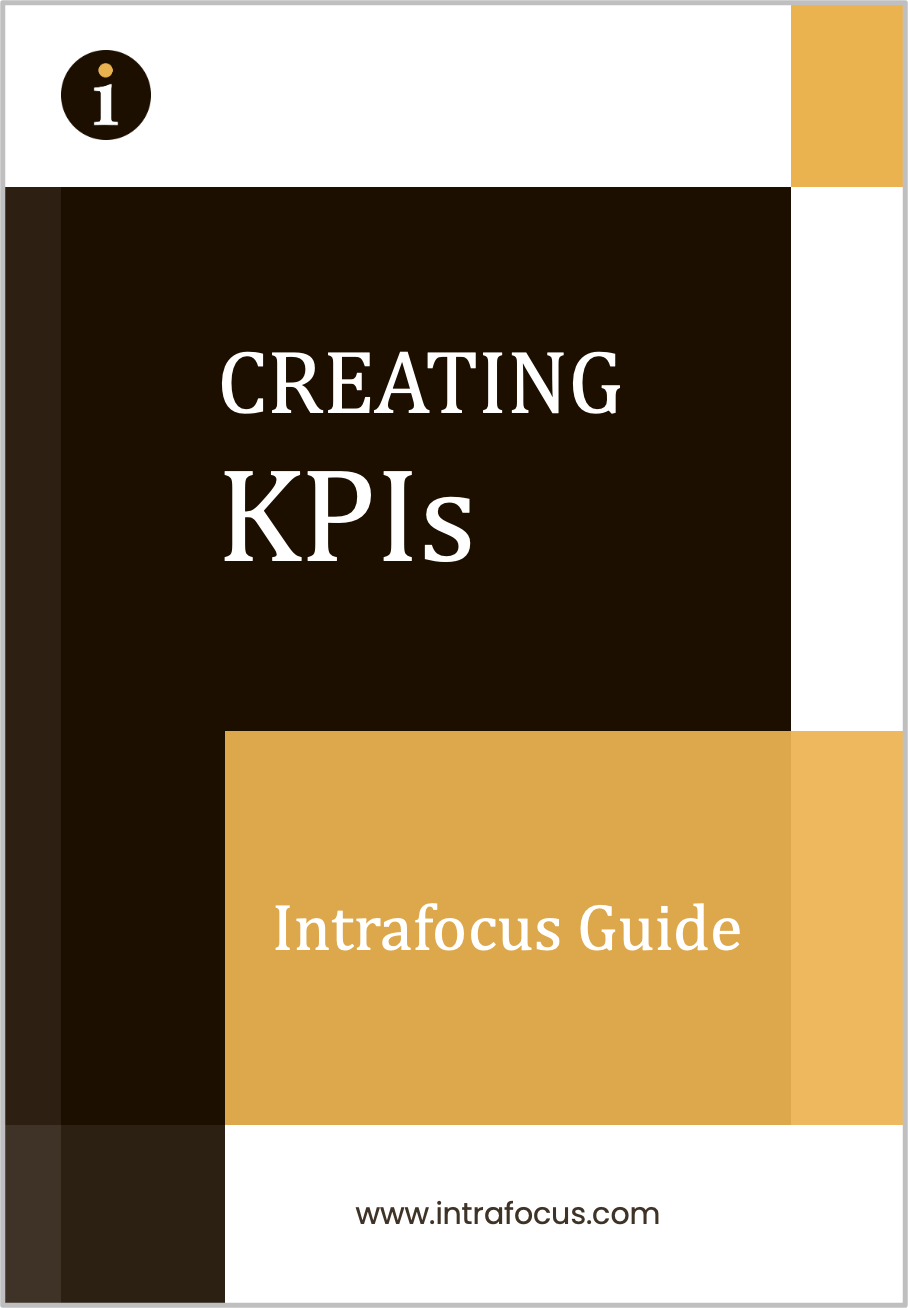Strategy Needs a Makeover
Welcome to the first article of our 10-part series on the Balanced Scorecard, your roadmap to building a strategy that actually works in 2025. You’re not alone if you’ve ever felt your strategic plan was too complex, too static, or simply not driving results.
Many leaders find their strategies disconnected from day-to-day operations. KPIs are scattered, dashboards are overwhelming, and initiatives feel more reactive than proactive. But it doesn’t have to be this way.
This series will help you cut through the noise and clarify your strategy using the Balanced Scorecard. This proven framework helps organisations align goals, track meaningful performance, and drive long-term success.
Each week, we’ll explore a key part of the strategy journey:
- How to define your vision and purpose
- How to select the right strategic objectives
- How to choose KPIs that matter
- And how to embed your strategy into tools like Spider Impact
We’ll also examine how AI and modern platforms can make strategy management faster, smarter, and more responsive than ever.
If you’re ready to move from strategy-on-paper to strategy-in-action, you’re in the right place.
Heads up: Spider Impact — Balanced Scorecard software — available through Intrafocus in EMEA.
What Is the Balanced Scorecard?
The Balanced Scorecard (BSC) is more than a performance tracking tool; it’s a strategy execution framework that connects your long-term vision to daily work across your organisation. this is the start of your Guide to the Balanced Scorecard
Developed by Dr. Robert Kaplan and Dr. David Norton in the 1990s, the Balanced Scorecard addresses a simple but powerful problem: most organisations focus only on financial results. But financial outcomes are lagging indicators. When you see them, it’s often too late to change course.
The BSC fixes this by balancing financial measures with three other critical perspectives:
- Customer – How do we create value for those we serve?
- Internal Processes – What must we excel at internally to deliver that value?
- Organisational Capacity – How are we equipping our teams, culture, and systems to improve?
Together, these four perspectives give leaders a holistic view of performance, combining the “what” (outcomes) with the “how” (capabilities and enablers).
Balanced Scorecard software, like Spider Impact, makes it easy to build visual scorecards, link initiatives to strategy, and track real-time results.
Watch our 60 second explainer:
Or, for a deeper dive into the origin of BSC, read this HBR summary.
Why It Still Matters in 2025
It’s easy to think the Balanced Scorecard might be outdated, but it’s never been more relevant. In 2025, organisations face constant change, data overload, and increasing pressure to adapt quickly. Strategy can’t be static anymore; it has to be dynamic, visible, and actionable.
That’s precisely what the Balanced Scorecard provides.
It helps organisations:
- Align teams across hybrid or global environments
- Focus on both long-term value and short-term execution
- Balance leading and lagging indicators
- Clarify priorities in a sea of competing initiatives
And while technology has changed dramatically since the BSC was created, its purpose remains essential. What’s different today is how we manage it. AI-enhanced tools like Spider Impact allow teams to:
- Update KPIs automatically from live systems
- Identify risks and trends faster with predictive analytics
- Surface insights with fewer meetings and less manual reporting
The Balanced Scorecard still delivers its core promise: turning strategy into a practical, shared roadmap. In a world filled with noise, it’s the clarity tool your leadership team needs.
Balanced Scorecard vs Only KPIs
Many organisations rely on traditional KPIs to measure success, but these numbers often lack meaning without strategic context.
Here’s how the Balanced Scorecard differs:
Only Using KPIs
- Focused on financials only
- Siloed across departments
- Reactive and historical
- Difficult to track over time
- Disconnected from strategic goals.
Balanced Scorecard
- Balances financial and non-financial views
- Unified strategic alignment across teams
- Proactive with leading and lagging measures
- Visual scorecards and strategy maps
- Linked directly to objectives and initiatives
By shifting from isolated metrics to a balanced and strategic view, your team can prioritise what drives performance.
Tools like Spider Impact make this shift easy by providing a visual platform where strategy, KPIs, and initiatives are integrated in one place, and no spreadsheets are required.
Recent Use Cases
The Balanced Scorecard isn’t just for large corporations. Public agencies, private companies, and SMEs alike use it. Here are just a few examples of how it is applied today:
- Mid-sized UK Manufacturer: With rising costs and shifting customer demands, this company used the BSC to align sales, production, and R&D under a single strategic plan. Results included faster product development cycles and more accurate forecasting.
- Public Sector Agency: With public trust under pressure, a government department used the BSC to improve transparency and measure service delivery outcomes, not just budget spend. Strategy maps helped communicate priorities to both staff and stakeholders.
- Hybrid Consultancy Team: Operating across three time zones, this team used Spider Impact to visualise their objectives and automate weekly reporting. Dashboards helped keep everyone focused on outcomes, even when working asynchronously.
These examples show that the Balanced Scorecard works anywhere clarity and alignment are needed, which, in 2025, is everywhere.
What’s Coming in the Series
Over the next nine weeks, we’ll guide you through the Seven-Step Strategic Planning Process used by Intrafocus and embedded in the Spider Impact platform:
- Vision and Purpose
- Strategic Assessment (SWOT, value proposition)
- Strategic Objectives
- Key Performance Indicators
- Initiatives and Projects
- Strategic Communication
- Strategy Automation and AI Integration
Each blog will include real-world insights, practical tools, and tips to help you build a living, breathing strategy that adapts to change and delivers results.
We’ll also show how technology, especially AI-driven tools, can accelerate your planning process without losing the human touch.
Are You Ready?
A well-structured strategy is your competitive advantage.
The Balanced Scorecard gives you the visibility and structure to lead confidently, whether you’re navigating market disruption, scaling your business, or aligning a distributed team. With tools like Spider Impact, you can turn strategy into daily action backed by data.
Ready to get started?
Contact Intrafocus to learn how we can help you build and execute a modern, measurable strategy using the Balanced Scorecard.
Next week, we’ll look at: Creating a Vision and Purpose that Inspires Action.
Let’s make strategy visible, together.



